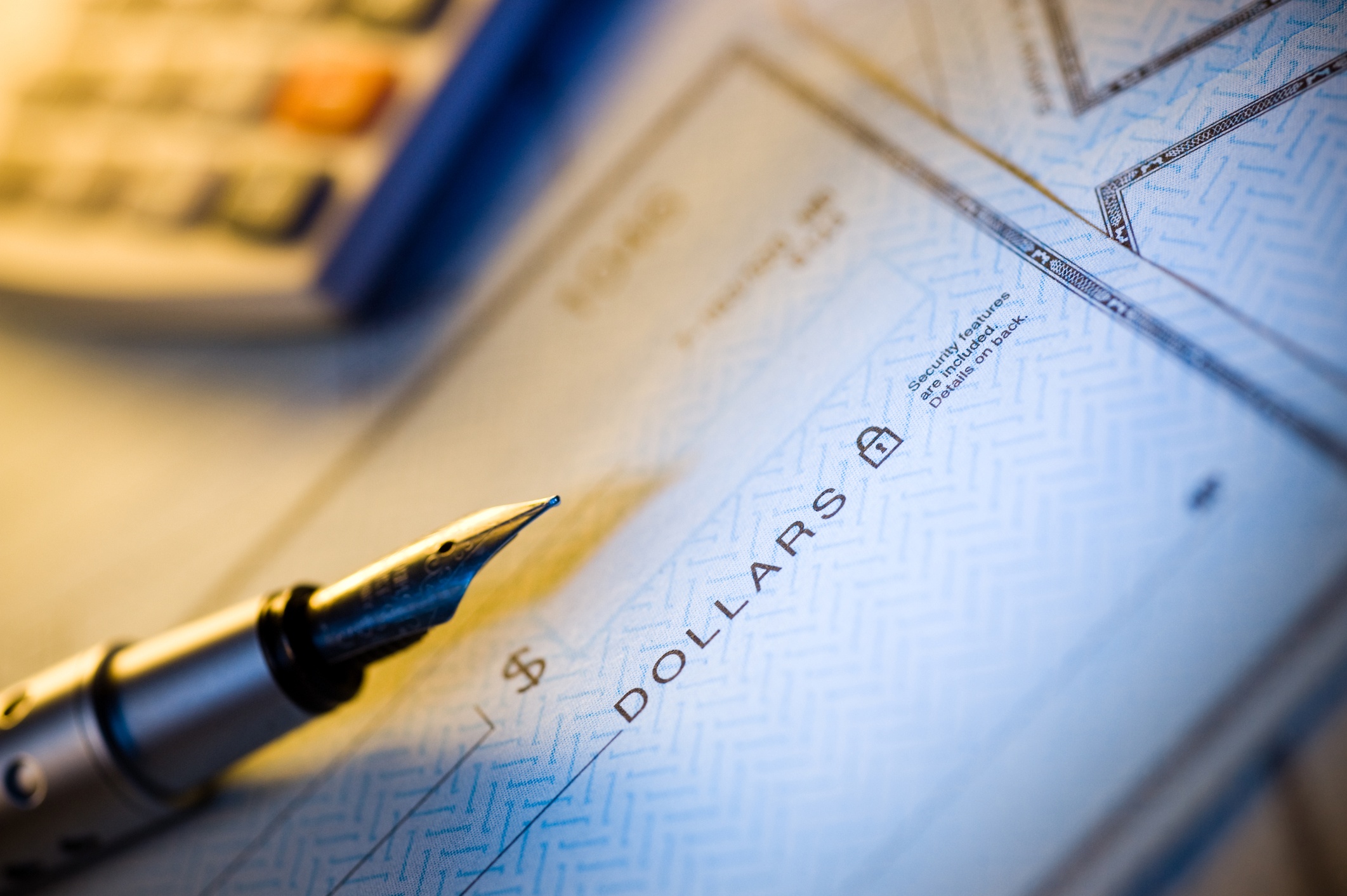So what happened? If you’re over the age of thirty, you probably remember receiving a paycheck every week or every month. Depending on where you work, you probably also remember these paychecks gradually disappearing, and instead of greedily tearing open the nondescript envelope, you frantically checked your balance to see if your pay was deposited, digitally, into your account. Since the year 2000, according to the Federal Reserve, check use declined over 50%. The culprit? Those digital transfers are partially to blame, as well as the now ubiquitous debit cards.
Debit Card Usage
Debit card usage has more than doubled in the same amount of time. The reason is simple, your debit card is easy to use, fast, requires no thought, and the transactions happen much more quickly. This simplicity, in theory, makes it easy to track the balance in your accounts and allows you to predict your balance without the daily chore of balancing your checkbook. In short, less math.
Still A Need For Checks
There is a place for checks in our increasingly paperless society: large personal transactions. People still demand safety and, generally, your landlord doesn’t take plastic. That usually leaves you with two options: drop off a large sack of cash with a dollar sign on it or write a check.
Online Mobile Payments
Recently, though, there’s been disruption even in this old checkbook standby. Especially in Asia, the vast majority of transactions, even person-to-person, are cashless. Smartphone-based payment systems have completely taken over, with even debit cards being phased out by some businesses. In China, the communication app WeChat has added a wallet feature. Scanning a code on the users' phone can pay for your meal, or your taxi, split the bill, or even donate money to a panhandler. The system is ubiquitous in the country, with even cash transactions being largely phased out.
Future Of Payments
Will a similar situation be seen in the West? It seems very likely, with systems like Apple Pay used more and more across the country. Paypal too has made it easy to transfer funds from person to person. However, in America, there tends to be an inherent distrust of new technology, especially with regard to pocketbooks. Security is priority number one, and with recent hacks and the so-called “card skimmer” technology, people are on high alert when it comes to their accounts.
What now?
Checkbooks being a relic of another generation shouldn’t be an excuse to ignore your balances. Put all of that new technology to good use to keep an eye on your balance and your budget.
Mint
Mint is a very popular free app and website. On the surface, it’s a fantastic budgeting tool. But it’s so much more. Sync it with all of your accounts to view transactions, balances, apply that to your budgets and set goals. The best part is that those goals you set are kept track of automatically, so instead of juggling a ledger you can watch as your savings and investments grow, and your debt shrinks.
Clarity
Another freebie, Clarity works in much the same way as Mint. You can track your balances and debt to know where you’re at financially with the tap of your finger. But this also tracks and categorizes your spending for you, so you know exactly where your money is going and where you need to cut back.
Fudget
If you’ve got your budget down and just want to upgrade your checkbook, Fudget’s the app for you. You can keep track of spending and savings in one pared-down app. It’s simple and great for short-term budgeting which is just like you’d do with a checkbook.
It can be hard to part with tradition. Checks have been a preferred payment method for years, and have been a staple of adulthood since we were all in short pants. But things that once seemed like novel conveniences have become the preferred methods for daily transactions, and the trend isn’t slowing down. Fortunately, the new methods have been integrated pretty well, and are on track to become even easier. Out with the old and in with the new!
If you enjoyed this blog, take a look at some of our other related articles:

